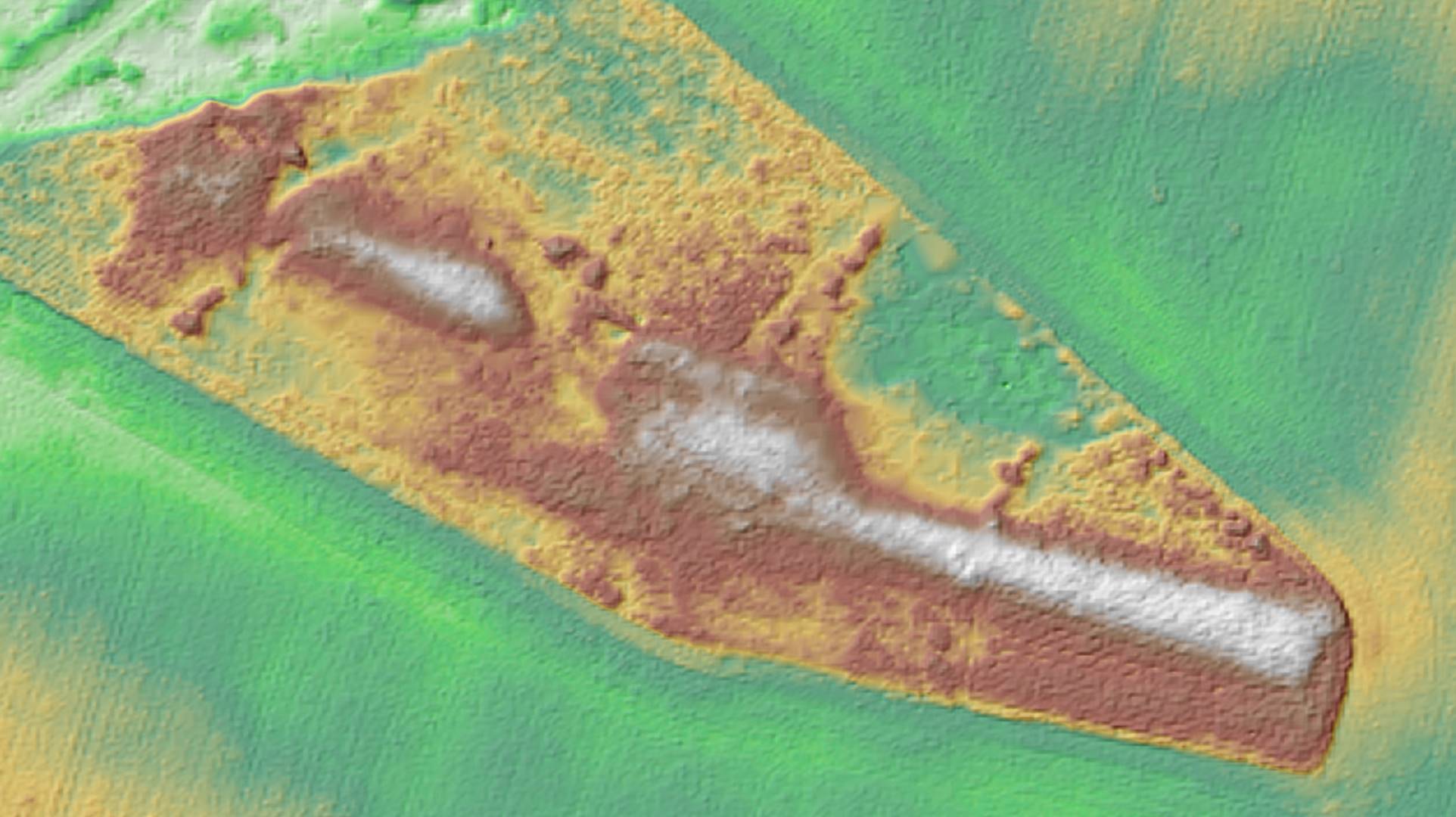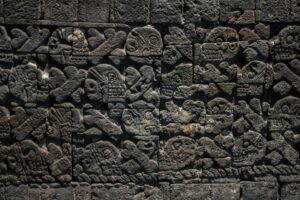Ancient Egypt’s Historic Discovery of Prince Waserif Re’s Multichambered Tomb
What is this discovery?
On April 3, 2025, in the Saqqara Cemetery near Cairo, Egypt, a remarkable archaeological breakthrough occurred. A team led by Egypt’s renowned Egyptologist Dr. Zahi Hawass uncovered the multichambered tomb of Prince Waserif Re, the son of Pharaoh Userkaf, who founded Egypt’s Fifth Dynasty. The tomb, hidden for over 4,000 years, was discovered during routine excavations in an area already known for its rich burial history.
Inside the tomb stood a monumental 15-foot-tall pink granite false door, intricately carved with hieroglyphics bearing Waserif Re’s name and several royal titles, including “heir prince.” This type of false door was believed by ancient Egyptians to serve as a symbolic gateway between the world of the living and the dead, allowing the soul to receive offerings from the living.
In front of the false door, archaeologists also found a red granite offering table, listing detailed offerings made to the deceased. These inscriptions provide insight into the religious beliefs and mortuary practices of the time, reflecting how the Fifth Dynasty honored royal ancestors through ritual and architecture.
How important is this discovery?
This discovery holds immense historical and archaeological significance. Prince Waserif Re was not a pharaoh himself but as the son of Pharaoh Userkaf (who reigned from around 2465–2458 B.C.), his tomb provides a valuable glimpse into the royal family structure during the formation of the Fifth Dynasty—a pivotal era in ancient Egyptian history marked by the rise of sun temples and increasing religious centralization.
Even more fascinating is the fact that the tomb was not limited to remains or inscriptions from the Fifth Dynasty alone. On one wall, the team discovered a cartouche—a name-inscribing oval—of Pharaoh Neferirkare, who ruled shortly after Userkaf between 2446 and 2438 B.C. This strongly suggests that the tomb may have been used or visited across generations.
Adding to the complexity of the site, archaeologists found statues representing Pharaoh Djoser of the Third Dynasty (c. 2670 B.C.), along with statues of his wife and ten daughters. The presence of these statues in a Fifth Dynasty tomb suggests either a reverence for older rulers or the reuse of funerary materials, and hints that the tomb may have served ceremonial or religious functions for centuries after Waserif Re’s death.
What is the extra information?
Perhaps the most astonishing aspect of this discovery is that the tomb continued to be reused nearly 2,000 years later, during Egypt’s 26th Dynasty (c. 688–525 B.C.). A rare black granite statue, stylistically different and attributed to this much later period, was found within the same burial complex. This finding underscores how sacred burial grounds like Saqqara were never abandoned, but rather repurposed and honored over millennia.
According to Dr. Hawass, the statues of Pharaoh Djoser and his family might have been transferred from a nearby chamber—possibly from Djoser’s iconic Step Pyramid, which is located in the same necropolis. This practice of relocating or replicating statues highlights how later dynasties deliberately linked themselves to their illustrious ancestors to legitimize their rule or express continuity with the past.
The discovery not only adds a new chapter to the royal genealogy of ancient Egypt but also allows researchers to trace how artistic styles, religious customs, and burial practices evolved over time—yet retained essential spiritual concepts.
Conclusion
The tomb of Prince Waserif Re stands as a monument to Egypt’s dynastic continuity, spanning from the Old Kingdom to the Late Period. Its multiple layers of history provide a unique opportunity for scholars to understand how ancient Egyptians venerated their ancestors, maintained architectural traditions, and reused sacred spaces over two millennia. As excavations continue, this discovery is expected to deepen our understanding of Egypt’s rich and enduring civilization.
Share this content:















Post Comment